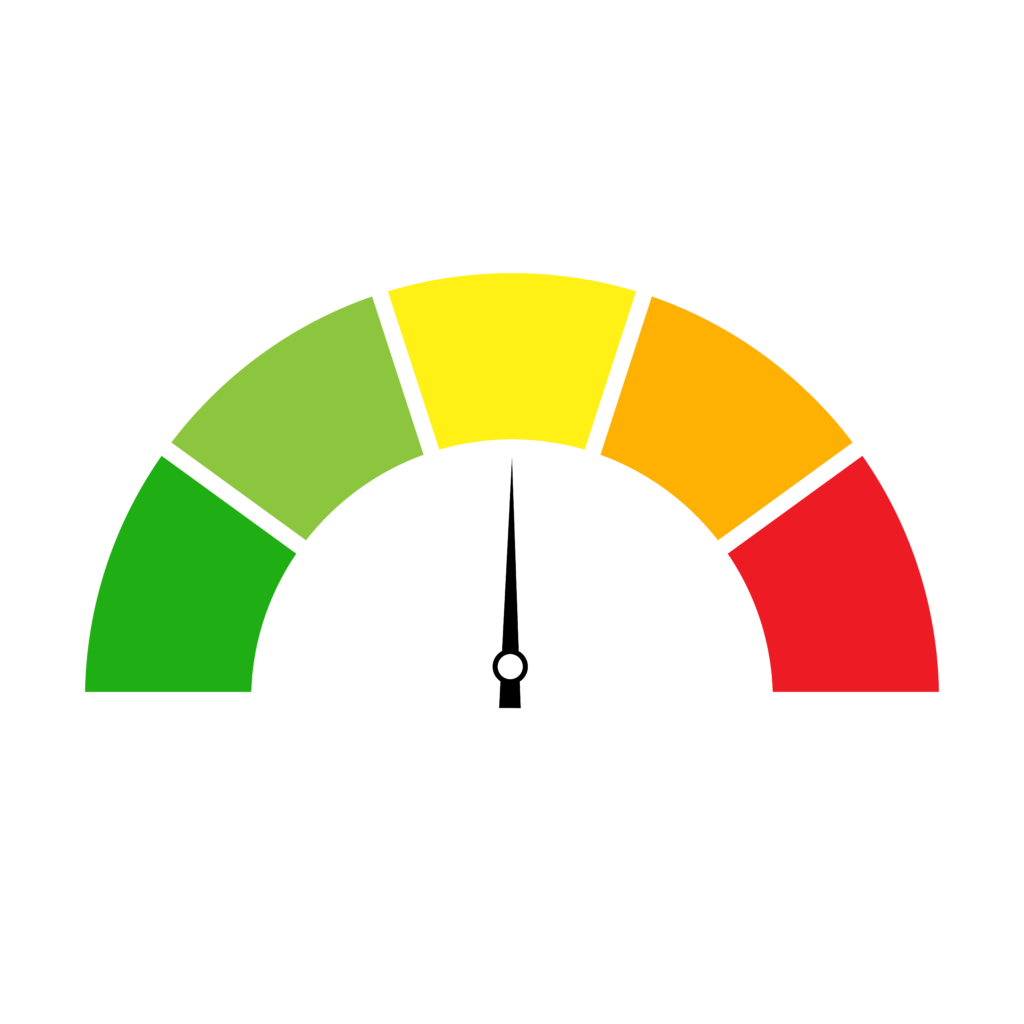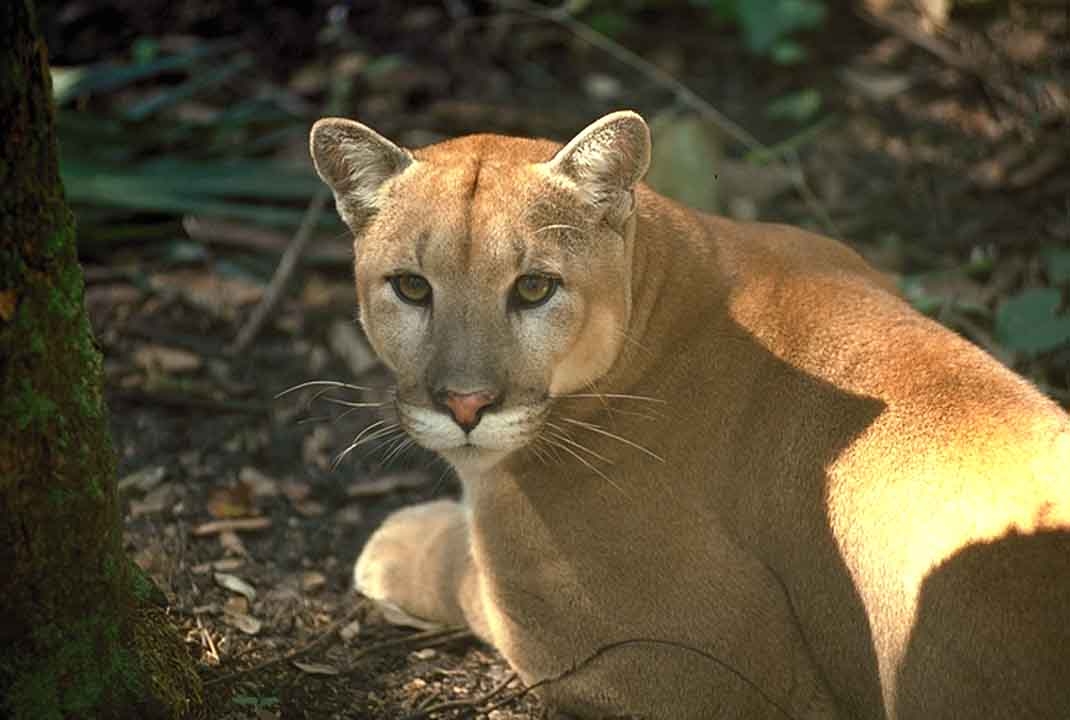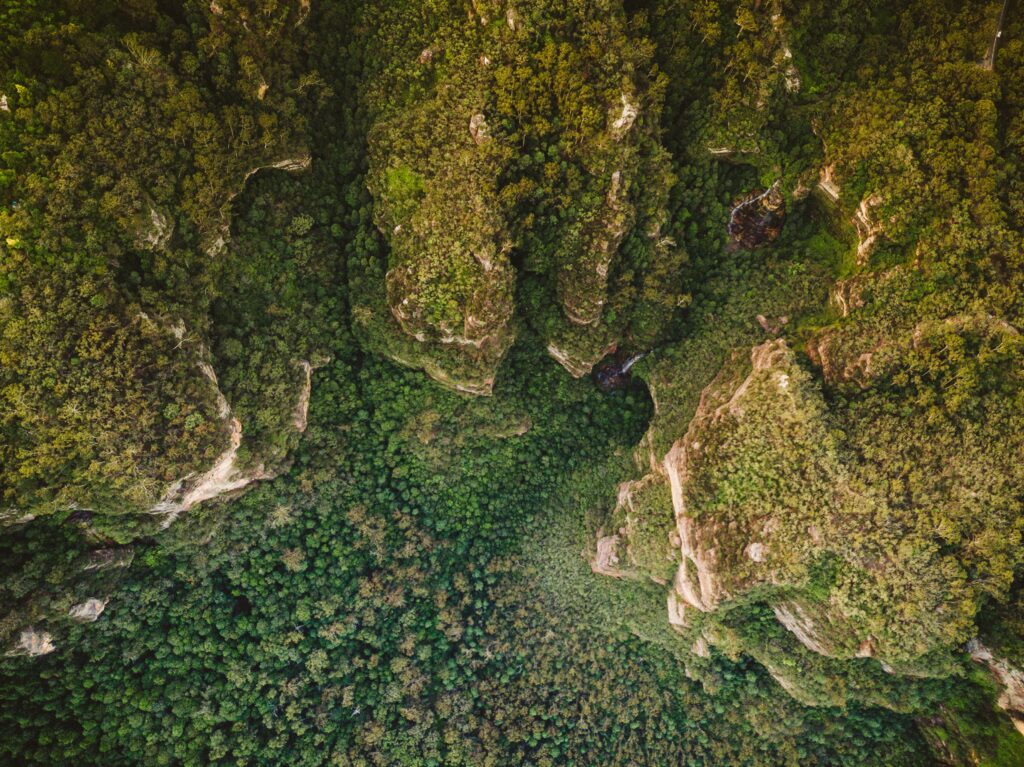United States
- Home
- Which-Half?
- National Report Cards
- United States
SPI: 42.08
Species Protection Index Average: 42


National Report Card: United States
The United States of America lies in North America, with extensive coasts along the Atlantic and Pacific Oceans. Continental terrain is framed by mountain ranges in the east and west, with a broad central plain. The United States also include the islands of Hawaii in the South Pacific Ocean and Alaska in the North Pacific, both rugged and mountainous with starkly diverse climates. Most of the country is used for human activities, in its majority by rainfed agriculture.
United States has high biodiversity rarity of terrestrial land vertebrates at a global scale. When analysed as single taxons, the rarity of amphibians, birds, mammals and reptiles is also high. Challenges to biodiversity include air pollution; water pollution; declining freshwater; deforestation; mining; desertification; and invasive species.
United States has high biodiversity rarity of terrestrial land vertebrates at a global scale. When analysed as single taxons, the rarity of amphibians, birds, mammals and reptiles is also high. Challenges to biodiversity include air pollution; water pollution; declining freshwater; deforestation; mining; desertification; and invasive species.
16%
of land currently protected
1583
total land vertebrate species
437
endemic land vertebrate species
Species of significant conservation interest
Florida Panther


268
amphibians / 182 endemic
571
birds / 35 endemic
385
mammals / 107 endemic
359
reptiles / 113 endemic
Information on this page was sourced from the CIA World Factbook and the Half-Earth Project Map.





